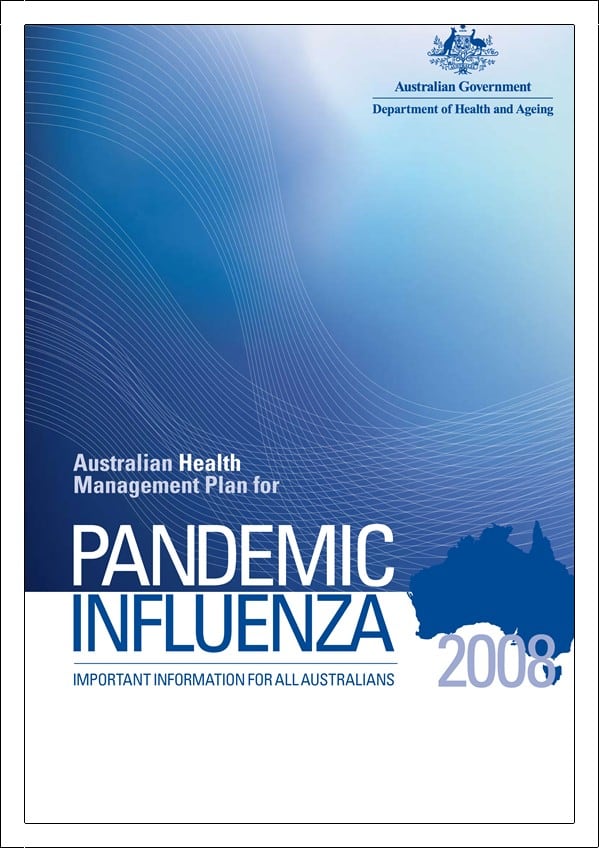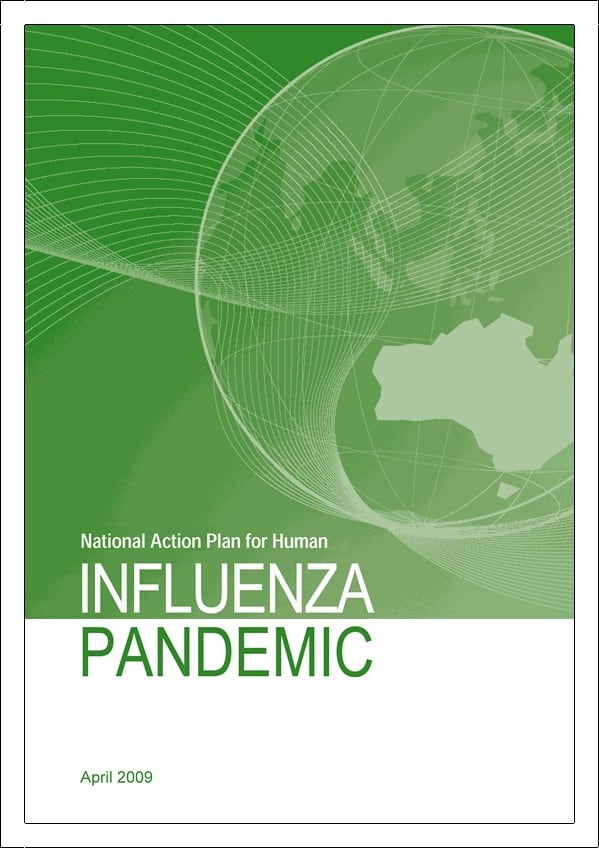The SafetyAtWorkBlog article on OHS professional competence has generated some lively debate on a discussion forum of the American Society of Safety Engineers. Jim Leemann makes a fundamental point
“Determining if someone is competent to do a job is totally different from determining if someone has mastered the competencies to do the job”.
This is an important element in the discussion on qualifications versus experience. Often it is the case of the technical qualifications gaining one an audience but experience that keeps the audience listening. Jim expresses it this way
“My empirical research on competencies that distinguish superior performance has revealed that performance is driven more by behavioral competencies than technical competencies. In fact, mastering technical competencies only earns an OHS pro a seat at the decision-maker’s table; it has nothing to do with distinguished superior performance. In fact, technical competencies do not do anything to distinguish superior performance because decision-makers expect OHS pros to have mastered their technical competencies before engaging them in any decision-making processes; hence the reason they have been invited to the decision-making table.”
One engineer expressed views that often come up in discussions in this area – the feeling that experience is less valued than technical qualifications or, in some cases, one’s sphere of influence.
“…I have been in the EH&S field in some form or another for 25 plus years. I believe there is much to be said of the school of hard knocks or on the job learning. Bottom line I would find it very hard at least in North America to have a new regulator show up at my door with text books in hand and try and explian(sic) some of the regulation that I have worked with for years and determine I don’t know my job.“
Jim’s points may be the issues that have underpinned concerns about the Australian processes for establishing a safety profession.
There is nothing uniquely OHS about this dichotomy but because health and safety in Australia has not matured to the extent it has in other countries the conflict is continuing. Australia needs, and deserves, someone to cut through the political and personal agendas to implement much needed reform. A good opportunity could have occurred with the establishment of Safe Work Australia but the heavy reform agenda of the Rudd government means that no department is going to taken on more than they have to.


 The trap for producing localised guides is that recommendations may be made that are out-of-place, difficult to implement and, ultimately, question the credibility of the document. WorkSafe fell for this trap by specifying some recommendations for the legitimate control measure of “social distancing”.
The trap for producing localised guides is that recommendations may be made that are out-of-place, difficult to implement and, ultimately, question the credibility of the document. WorkSafe fell for this trap by specifying some recommendations for the legitimate control measure of “social distancing”. The guide does recommend social distancing as part of a risk management process but “prohibiting handshaking, kissing and other physical contact in the workplace”? “Discontinuing … informal spontaneous congregations”?
The guide does recommend social distancing as part of a risk management process but “prohibiting handshaking, kissing and other physical contact in the workplace”? “Discontinuing … informal spontaneous congregations”?